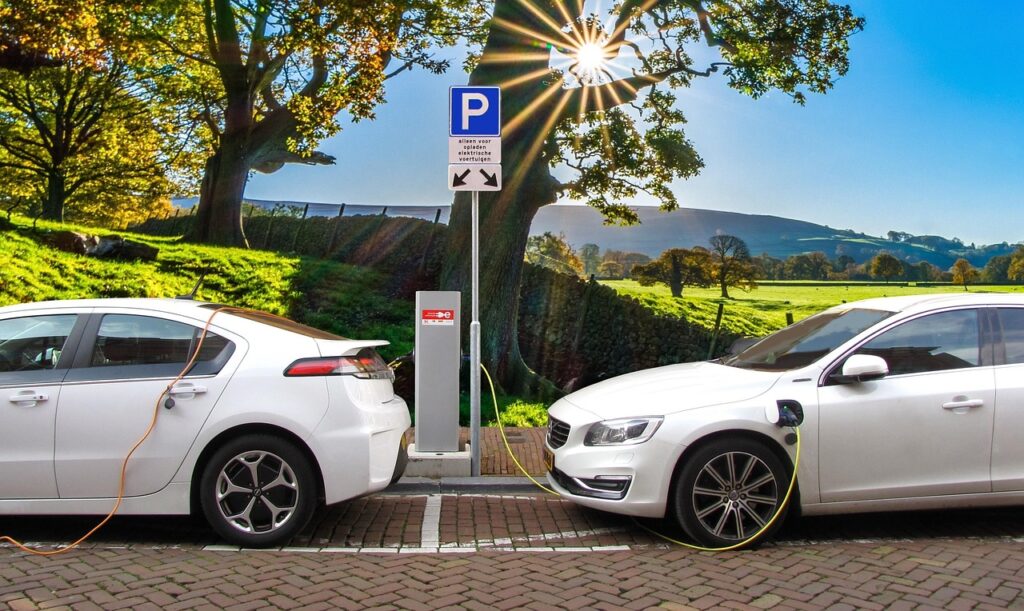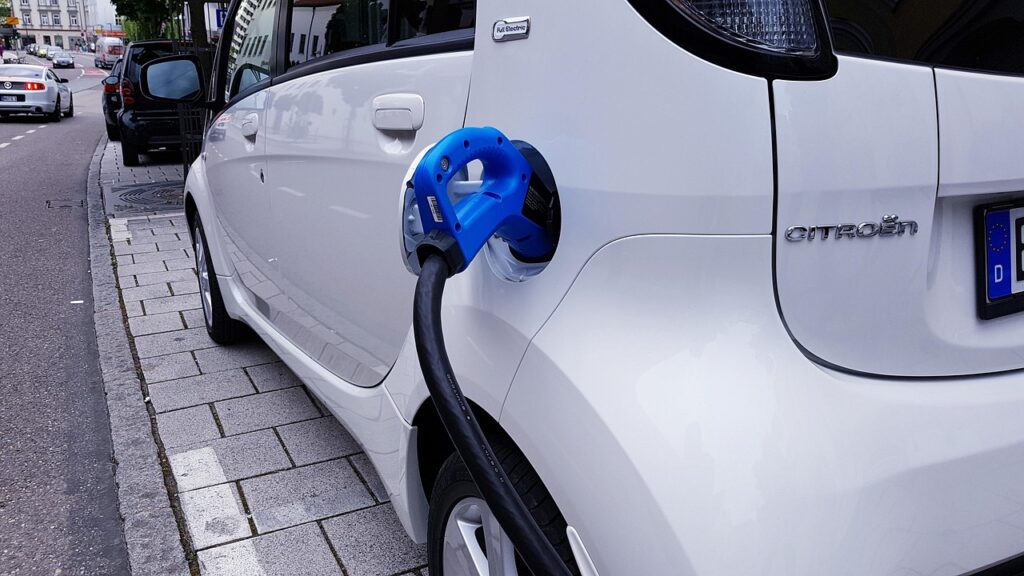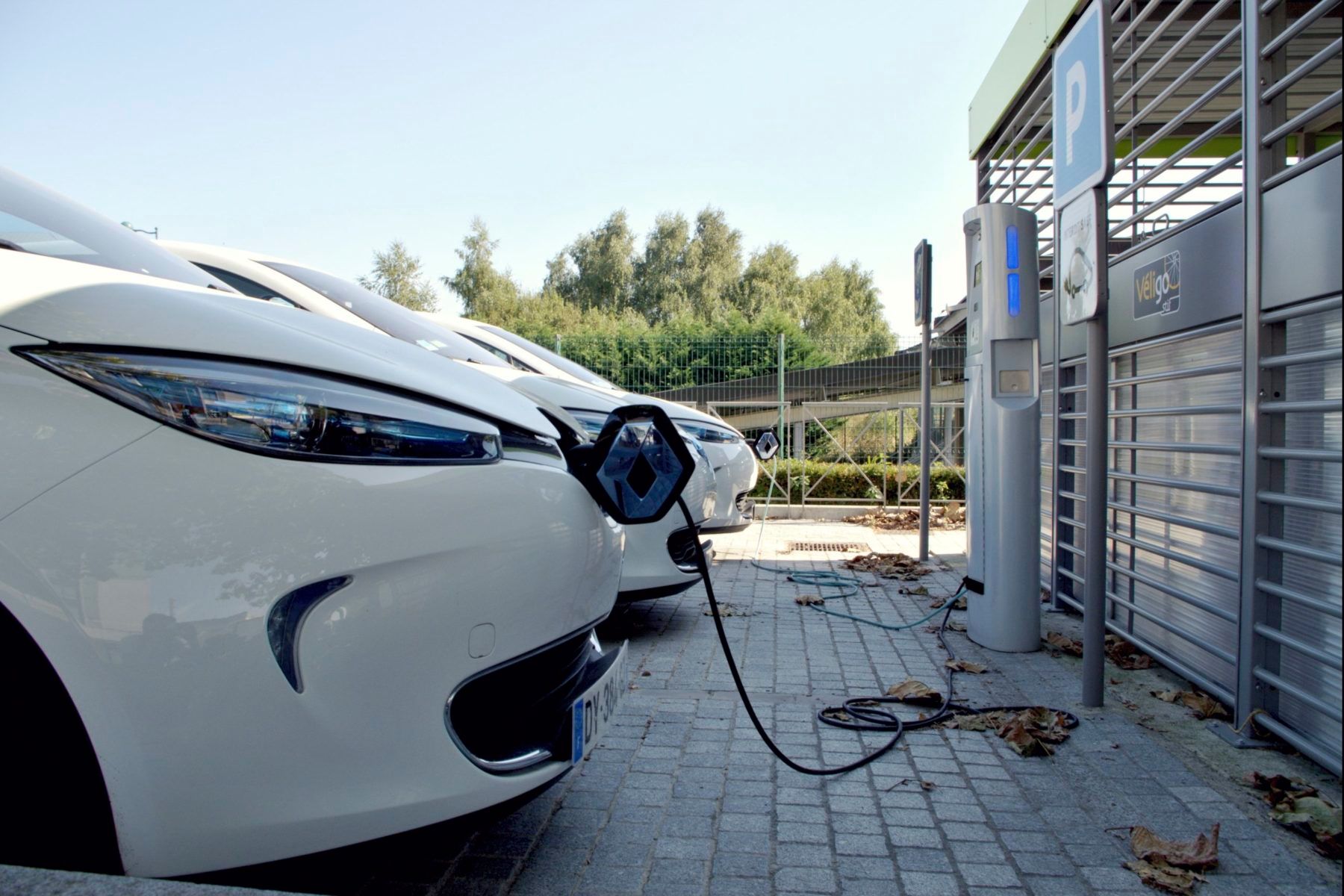
As the world increasingly shifts towards more sustainable transportation, with electric vehicles (EVs) and hybrids becoming a common sight on our roads, a new dialogue emerges beyond environmental benefits: the human health implications. While the promise of reduced emissions and greater energy efficiency drives this global transition, it’s crucial for consumers to understand the full spectrum of how our vehicles, both new and old, interact with our well-being.
Our cars are more than just modes of transport; they are environments where we spend significant portions of our lives. From the daily commute to long road trips, the conditions within our vehicles can profoundly impact our health in ways we might not immediately perceive. This article, grounded in rigorous research and expert analysis, aims to unmask these hidden dangers, empowering you with the knowledge to make informed decisions for your health and safety.
We will delve into various aspects of vehicle-related health risks, ranging from the pervasive presence of electromagnetic fields (EMFs) in all types of cars to the hazardous chemicals often associated with that ‘new car smell,’ and the critical dangers posed by extreme heat. By examining these factors, we hope to provide a comprehensive guide that helps you navigate the complexities of modern automotive health and take proactive steps to protect yourself and your loved ones.

1. **The Environmental and Health Benefits of Electric Vehicles**The electrification of transportation brings with it significant environmental advantages, primarily by reducing emissions. Electric cars do not burn fossil fuels, which means they do not produce the car exhaust that can damage lungs. This eliminates a major source of pollutants linked to respiratory illnesses such as pneumonia, emphysema, and bronchitis, and even various forms of cancer that can result from idling emissions.
Beyond environmental considerations, electric cars offer a direct health benefit by removing the risk of accidental carbon monoxide poisoning. Unlike gasoline-powered vehicles, an electric car will never accidentally kill anyone who leaves their car running in a confined space. These platforms, driven by the push for reduced emissions and higher energy efficiency, represent a step forward in creating healthier urban environments and preventing tragic accidents related to exhaust fumes.
Read more about: Brake Inspection Essentials: Your Ultimate Guide to Safety, Savings, and Avoiding 14 Costly Mistakes
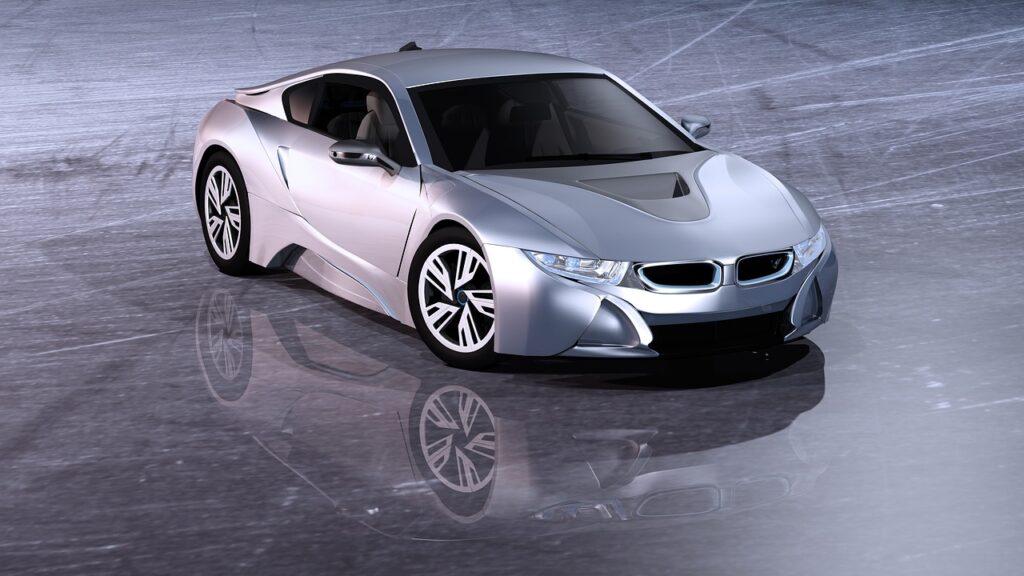
2. **The Hidden Threat of Electromagnetic Fields (EMFs) in All Cars**While the focus often turns to electric and hybrid vehicles when discussing electromagnetic fields (EMFs), it’s important to understand that concerns about cars as a source of EMF radiation are well-founded, and these concerns are not exclusive to electric cars. The reality is that almost all modern vehicles, including traditional gas-powered cars, contain numerous EMF-emitting components.
Contemporary cars are increasingly equipped with advanced technologies that contribute to EMF exposure. Features such as Bluetooth connections for phones, radar systems for crash prevention, backup cameras, and onboard WiFi hotspots are common examples, and all of these components emit EMF. In fact, some informal testing of EMF levels from cars has revealed that gas-powered cars registered EMF readings just as high as, or even higher than, electric cars.
For instance, Consumer Reports conducted testing in 2010 and found that the Chevy Cobalt, a gas-powered car, emitted far more EMF radiation than the Toyota Prius, a hybrid. This finding underscores a critical point: given the variety of EMF-emitting components across all vehicle types, it is essential to look at cars individually, rather than broadly by category, when assessing potential health risks from EMF exposure.

3. **Electric Cars: Elevated EMF Levels and ‘Dirty Electricity’**While EMFs are a concern across the automotive spectrum, electric vehicles (EVs) can present elevated EMF levels due to their unique operational characteristics. They rely on large AC batteries, which are frequently placed in close proximity to the vehicle’s occupants, such as directly underneath the floor of the car cabin in Teslas. These batteries are a source of extremely low frequency (ELF) EMF radiation, and the fundamental principle of exposure dictates that the closer you are to the source, the greater your radiation exposure.
Another significant concern specific to electric cars is the generation of what is known as ‘dirty electricity,’ or electrical pollution, especially during charging. Dirty electricity is a form of EMF that arises from electronic devices that convert AC power to DC. When these devices operate, they create high-frequency voltage spikes that flow back into the power grid, piggy-back on existing electrical wiring, and radiate into the surrounding environment. This process creates an additional, often overlooked, route of exposure to harmful EMFs.
Studies have linked exposure to dirty electricity to a variety of negative health outcomes. These include headaches, general weakness, asthma, depression, anxiety, and skin irritation. Fortunately, there are actionable steps that can be taken to mitigate this specific form of exposure. For example, installing filters that are designed to short out high frequencies and reduce transients on electrical wiring has been shown to reduce these adverse health effects, offering a practical solution for consumers concerned about this risk.
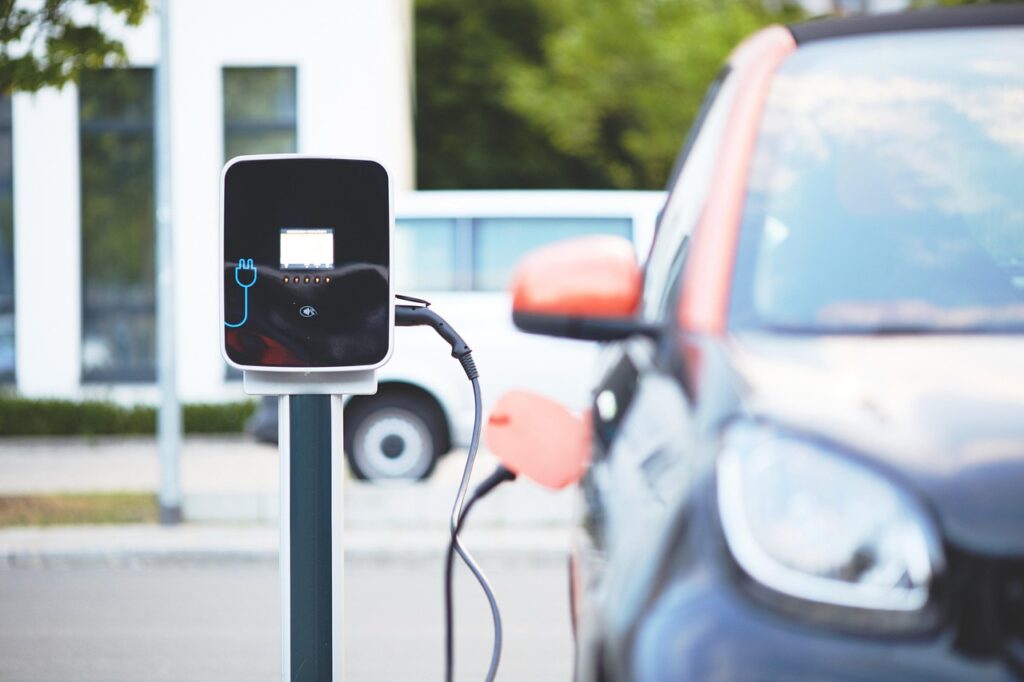
4. **Outdated Safety Standards: Why Current EMF Limits Are Inadequate**The existing regulatory framework for EMF exposure is largely based on standards set decades ago, which many experts now consider woefully inadequate for our current technological landscape. The FCC, for example, established limits for maximum permissible exposure to EMF radiation in 1996. These initial levels were primarily designed to protect against thermal effects, focusing on the potential of EMF radiation to heat body tissue much like a microwave, and were based on short-term exposure scenarios.
A great deal has changed since 1996, and our daily exposure to EMF radiation has dramatically increased with the proliferation of electric and wireless devices. This profound shift in the technological landscape has prompted scientists to voice serious concerns. An appeal issued to the World Health Organization warned of “serious concerns regarding the ubiquitous and increasing exposure to EMF generated by electric and wireless devices,” further explaining that “numerous recent scientific publications have shown that EMF affects living organisms at levels well below most international and national guidelines.” The health effects observed include increased cancer risk, cellular stress, an increase in free radicals, genetic damage, changes in the reproductive system, and neurological disorders.
These concerns were strongly reinforced in an October 2022 paper published in Environmental Health. This paper unequivocally stated: “Exposure limits for RF radiation are based on numerous assumptions; however, research studies published over the past 25 years show that most of those assumptions are not supported by scientific evidence.” The implication of these findings is profound: our current safety standards are demonstrably insufficient to provide adequate protection from the dangers of constant EMF exposure in today’s technologically saturated world.

5. **The Cancer Link: EMFs Classified as Possible Carcinogens**The potential link between electromagnetic fields and cancer is a serious and widely discussed topic in public health circles. The International Agency for Research on Cancer (IARC), operating under the auspices of the World Health Organization (WHO), has classified extremely low-frequency (ELF) magnetic fields as “possibly carcinogenic to humans (Group 2B).” This classification is primarily based on compelling epidemiological evidence indicating an increased risk of childhood leukemia. Notably, radiofrequency (RF) EMFs have also been similarly classified by the IARC in the same Group 2B category of carcinogenic environmental factors.
Experts point out that the EMFs encountered in electric vehicles, considering their frequency and amplitude, are functionally analogous to those associated with conventional electrical power infrastructure. This comparison is significant because power infrastructure has long served as a known reference point in public health risk frameworks concerning EMF exposure. While long-term, specific longitudinal studies on vehicle EMFs are still limited, animal studies subjected to comparable field strengths have shown concerning results. These studies report increased markers of genomic instability, such as heightened 8-OHdG (a recognized biomarker of oxidative DNA damage) and dysregulation in gene expression profiles related to apoptosis and cell proliferation. Given that the magnetic field magnitudes inside vehicles can meet or even exceed the thresholds used in these experimental models, a precautionary principle is clearly warranted.
The classification of ELF magnetic fields as possibly carcinogenic (2B) is rooted in epidemiologically proven elevated carcinogenic health risks in populations chronically exposed to magnetic fields exceeding 0.4 μT, which is considered an attention level for yearly averaged exposure. The level of ELF MF exposure documented in various studies focusing on EMF within EVs, as discussed in this article, suggests that it can significantly contribute to the total long-lasting exposure experienced by drivers. This highlights the importance of understanding and mitigating these exposures to protect against potential chronic health effects.

6. **Neurological Impacts: How Car EMFs Affect Your Brain and Sleep**Beyond the potential carcinogenic effects, extensive research in both clinical and experimental settings has illuminated the significant interaction of EMFs with the central and peripheral nervous systems. The potential pathways through which EMFs can impact neurological health are diverse and concerning. These include the disruption of crucial calcium signaling cascades, alterations in neurotransmitter release dynamics, and changes in the permeability of the blood-brain barrier, all of which are vital for proper brain function and protection.
Individuals experiencing chronic EMF exposure have reported a range of symptoms indicative of neurological disturbance. These can manifest as reduced memory recall and cognitive clarity, making daily tasks more challenging. Sleep architecture can also be disrupted, notably through the shortening of the REM (Rapid Eye Movement) phase, which is essential for restorative sleep and cognitive processing. Additionally, mood variability, including heightened irritability and depressive episodes, as well as an increased incidence of headaches, are commonly linked to sustained EMF exposure.
One particularly plausible pathway for sleep-related and potential neurodegenerative outcomes involves melatonin suppression. The pineal gland, responsible for melatonin production, is known to be sensitive to extremely low-frequency (ELF) fields. Suppressed melatonin levels can severely disrupt circadian rhythms and sleep patterns. While causality remains to be formally established, some studies have suggested a statistical correlation between long-term EMF exposure and markers associated with Alzheimer’s disease, further emphasizing the need for continued research and a cautious approach to prolonged exposure.

7. **Reproductive Health Risks: EMFs and Fertility Concerns**The vulnerability of the reproductive system to electromagnetic fields (EMFs) is a critical area of concern, particularly for developing organisms and during gestation, as documented across multiple research models. Observed effects linked to EMF exposure include a reduction in sperm motility and an increase in morphological defects in males, both of which can significantly impair fertility. Additionally, EMFs have been implicated in hormonal imbalances affecting the hypothalamic-pituitary-gonadal axis, a complex system vital for reproductive function. For women, increased incidence of miscarriage and intrauterine growth retardation (IUGR) have also been noted in connection with EMF exposure.
Exposure within vehicles is particularly concerning due to the anatomical proximity of occupants to EMF emission sources. In many electric vehicle (EV) designs, passengers are seated directly above battery modules or power control units. This close proximity can significantly increase localized field intensity in sensitive areas. Such exposure profiles merit serious consideration, especially for pregnant individuals and adolescents, who exhibit increased biological sensitivity to environmental factors.
Given these potential risks, the context advises that for safety’s sake, pregnant women may want to consult a doctor before regularly driving a hybrid or an electric car. While some concerns regarding EMFs, such as speculation about causing leukemia in the unborn or anecdotal accounts of severe symptoms like high blood pressure and falling asleep at the wheel after extensive hybrid driving, are noted as conjecture in some reports, the mere raising of these possibilities highlights the public’s concern and the critical need for precautionary measures and thorough, independent research into the long-term effects of vehicle-based EMF exposure on reproductive health.”
Now, continuing our exploration, let’s delve into more hidden health dangers and, critically, the actionable steps you can take to safeguard your well-being on the road. From scorching summer heat to invisible compounds in new car interiors, understanding these risks is the first step toward a healthier driving experience. Our goal is to empower you with practical, science-backed advice to navigate modern automotive health complexities and minimize potential hazards.

8. **The Dangers of Extreme Vehicle Heat: A Silent and Swift Threat** As outside temperatures climb each summer, risks to our health inside vehicles escalate. A parked car quickly becomes a deadly trap of superheated air, endangering adults, children, elderly individuals, and pets alike. Dr. Khalil Savary, an associate professor in Pediatrics at Rutgers New Jersey Medical School, emphasizes the severe consequences he has witnessed firsthand. “As a physician, I’ve seen the effects of heat exposure firsthand: heat stroke, dehydration, dizziness and respiratory distress,” he states. This is far beyond discomfort; extreme car heat poses a very real, immediate danger.
The speed at which internal temperatures escalate is alarming and often underestimated. Even with windows slightly cracked, a vehicle’s interior can rise by a staggering 20 degrees Fahrenheit in just 10 minutes. This rapid increase underscores the absolute peril of leaving anyone, especially vulnerable individuals or pets, unattended. Such conditions can swiftly lead to severe heat-related illnesses like heatstroke, organ damage, or even fatalities. Understanding this swift escalation is crucial for occupant safety.

9. **Essential Car Maintenance for Hot Weather: Keeping Your Vehicle in Peak Condition** Just as our bodies require care to withstand environmental stresses, our cars need consistent maintenance for optimal performance, particularly under high summer heat. Ensuring your vehicle is in top operational condition dramatically reduces the risk of breakdowns and heat-related health issues for its occupants. Investing time proactively in car health prevents significant discomfort, costly repairs, and potential danger, making it a crucial part of summer preparedness.
Dr. Savary outlines several key areas for summer car maintenance. First, regularly check and service your air conditioning system; a functional AC is vital for maintaining a cool cabin. Additionally, inspect coolant levels to ensure the engine’s cooling system is adequate to avoid breakdowns in heavy traffic. Battery health also demands attention, as high heat accelerates battery drain and degradation, necessitating replacement of aging batteries and a check for corrosion. Finally, ensure your car’s window seals and insulation are intact, preventing excess heat and humidity from entering the cabin, which compromises cooling efficiency.
10. **Proactive Strategies to Prevent Heat Buildup: Stopping the Influx Before It Starts** Keeping your car cool shouldn’t be a reactive measure; it begins with proactive strategies implemented even before you start the engine. Simple habits and accessible tools can profoundly reduce interior temperatures, transforming your vehicle into a more comfortable and safer environment during warmer months. These preventative steps not only enhance occupant well-being but also contribute to improved fuel efficiency and reduced emissions.
Consider adjusting your driving schedule to cooler parts of the day, shifting errands to early morning or late evening to avoid peak heat exposure. When parking, always seek shade under trees, in garages, or near north-facing walls; shaded parking can keep a car up to 20 degrees cooler. Point the car’s rear toward the sun to minimize direct light hitting the windshield. Utilizing sunshades, windshield umbrellas, or reflective visors is highly effective in blocking direct sunlight, dramatically reducing temperatures on dashboards, side windows, and seats. When parked, opening windows a mere half-inch allows trapped heat to escape without compromising security, while dashboard-mounted solar-powered fans actively ventilate hot air out. Covering interior surfaces like seats and steering wheels with light-colored towels helps absorb less heat. For an instant cool-down, briefly open all doors for 30 seconds or roll down opposite windows to create cross-ventilation, rapidly expelling hot, stagnant air. Lastly, where legal, tinting windows can further reduce ultraviolet exposure and cabin heat while protecting interior materials.

11. **Immediate Protection Tips for Occupants in Extreme Heat: Safeguarding Every Passenger** Beyond prevention and maintenance, there are immediate, vital steps every driver must take to protect themselves and loved ones from extreme car heat. These tips are crucial for mitigating risks when temperatures soar and ensuring everyone inside the vehicle remains safe. The gravity of extreme car heat cannot be overstated, as its health effects can quickly escalate from uncomfortable to life-threatening.
Most critically, never leave children, elderly adults, or pets in a parked car, not even for a few minutes. Dr. Savary stresses that “Temperatures can rise by 20 degrees in 10 minutes even with the windows cracked,” highlighting the severe danger. Before anyone enters, always perform a “touch-test” on car seats, buckles, and steering wheels, which can become searingly hot; flip seat buckles upside down before parking to avoid direct sunlight and burns. Staying thoroughly hydrated is paramount; keep a reusable water bottle in your car and refill it regularly, as heat and dehydration are linked. Carrying a spray bottle of water for a quick mist, combined with a fan, offers instant evaporative cooling. When first entering a hot car, drive with windows down briefly to allow superheated air to escape before sealing and turning on the AC; this helps the AC work faster. Finally, choose breathable seat covers over heat-absorbing materials, and consider installing vent shades (rain guards) which allow windows to be cracked for ventilation even during rain. For preparedness, store an emergency kit with water, electrolyte tablets, and a handheld fan.

12. **Practical Ways to Reduce In-Car EMF Exposure: Empowering Your Choices** Given the pervasive and increasing nature of electromagnetic fields in modern vehicles, taking proactive steps to reduce personal exposure is a sensible approach for consumer health. While completely eliminating all EMFs may not be feasible, you can significantly lower your potential risk by making informed choices about your vehicle, its features, and your driving habits. This empowers you to create a healthier, more controlled environment within your car, balancing technology’s conveniences with cautious health considerations.
When purchasing a vehicle, consider opting for standard options that limit “wireless bells and whistles,” directly reducing the number of EMF-emitting components. Alternatively, exploring the market for used, older cars, which typically predate many advanced technological systems, can be an effective strategy. Once in your car, if available, manually turn off Bluetooth functions when not actively in use, although this feature may be continuously integrated in some newer models. Remember, EMF exposure should be viewed holistically; reducing car exposure is one vital component of a broader strategy that also includes evaluating and addressing EMF sources in your home (e.g., hardwiring computers instead of Wi-Fi, avoiding smart meters) and your work environment (e.g., using speakerphone for cell calls, avoiding Bluetooth headphones), creating an integrated approach to environmental health and safety.

13. **Addressing the ‘New Car Smell’: Decoding the Risks of Volatile Organic Compounds (VOCs)** For many, the distinctive “new car smell” evokes luxury and novelty, signaling a freshly crafted interior. However, this appealing fragrance is a complex mix of volatile fumes produced by new surfaces, adhesives, plastics, and upholstery materials. With prolonged exposure, especially with higher interior temperatures, this seemingly innocuous scent comes at a significant cost to human health. This hidden danger reminds us that even familiar and pleasant aspects of our vehicles can harbor substantial, long-term risks.
Compelling research from Chinese and US scientists revealed concerning findings regarding these volatile organic compounds (VOCs). Their field experiment showed that levels of several cancer-causing chemicals inside a new mid-sized SUV, sealed and parked for 12 days, exceeded safe limits. Formaldehyde, a known compound in disinfectants, surpassed Chinese national safety standards by 35 percent. Acetaldehyde, a Class II probable carcinogen, exceeded safe limits by a staggering 61 percent. Benzene, a potent carcinogen in paints and petrol, also reached unsafe levels for drivers spending long hours in their vehicles.
The cumulative “Incremental Lifetime Cancer Risk (ILCR)” from multiple VOCs detected was high enough to imply a “high health risk for drivers.” Researchers explain an ILCR of 10-6 or less is safe, between 10-6 and 10-4 indicates potential risk, and higher than 10-4 signifies a high potential health risk. This study, estimating exposure for individuals like taxi drivers who spend about 11 hours daily in their cars, highlights the critical importance of ensuring adequate ventilation in new vehicles during initial use to minimize inhalation and absorption of these airborne compounds.
14. **An Overarching Perspective: Minimizing Environmental Health Risks Holistically** Ultimately, safeguarding our health from vehicle-related hazards demands more than addressing individual risks in isolation; it requires a comprehensive and holistic perspective on our interactions with our environment. The extreme heat within our cars, for instance, is not an isolated phenomenon but a direct component of a wider global warming trend impacting our health, safety, and daily routines. This interconnectedness means choices we make, both within and beyond our vehicles, play a crucial role in our well-being and the planet’s health.
As Dr. Savary eloquently articulates, “The same heat that makes our cars unbearable is fueling wildfires, degrading air quality and straining our health systems.” This powerful reminder underscores the importance of broader, environmentally conscious actions. By making smarter choices—reducing unnecessary idling, carpooling when feasible, and investing in energy-efficient vehicles—we not only protect ourselves from immediate health risks but also contribute to a healthier planet. Furthermore, a truly comprehensive approach to EMF mitigation extends beyond the car to our homes and workplaces, urging us to consider practical steps like hardwiring computers, avoiding smart meters, and using speakerphone for cell calls. This integrated strategy is the most effective path toward ensuring long-term well-being in our complex world.

